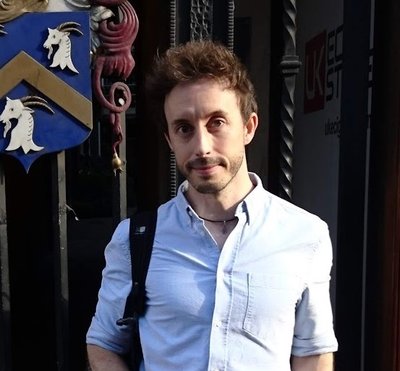Abstract
Soon after the discovery of X-rays in 1895, their potential for cultural heritage research was realised, and they have since been used routinely by museums to look under the surface of heritage material. Today, X-ray CT scanning is an increasingly common technique used by heritage institutions to provide information on 3D structures inside objects, and human and faunal remains. CT scans can be used to create fantastic visualisations of museum collections, enhancing public engagement and providing new storytelling possibilities.
The British Museum is dedicated to the preservation, research and display of a world-renowned collection representing millions of years of human history and culture. The Museum’s Department of Scientific Research operates a large-scale X-ray imaging facility with 2D and 3D imaging capability, which is adaptable to the wide range of materials and object sizes in the collection – from swords to cuneiform tablets to animal mummies. In Autumn 2023, the Museum will unveil its Masterplan for renovation of the historic building and for the redisplay of the collection. The Masterplan presents an opportunity to develop innovative concepts for future displays and bring scientific imaging to a wider audience, through both in-person and online content.
This talk will give an overview of X-ray imaging from a museum perspective, including the practicalities of imaging the collection, what new information we are still uncovering, and the challenges and opportunities of sharing complex 3D datasets with public and academic audiences. Looking beyond X-rays, the talk will also highlight some innovative imaging techniques which can be used to shed further light on cultural heritage material.
Bio

Daniel O’Flynn is an X-ray Imaging Scientist in the British Museum’s Department of Scientific Research. His research applies advances in X-ray and neutron imaging to gain insights into ancient cultures, through the manufacture and use of objects and the lives of people and fauna. He completed a PhD in Physics at the University of Warwick and previously worked as a Senior Postdoctoral Research Associate in the Department of Medical Physics and Biomedical Engineering, University College London.
